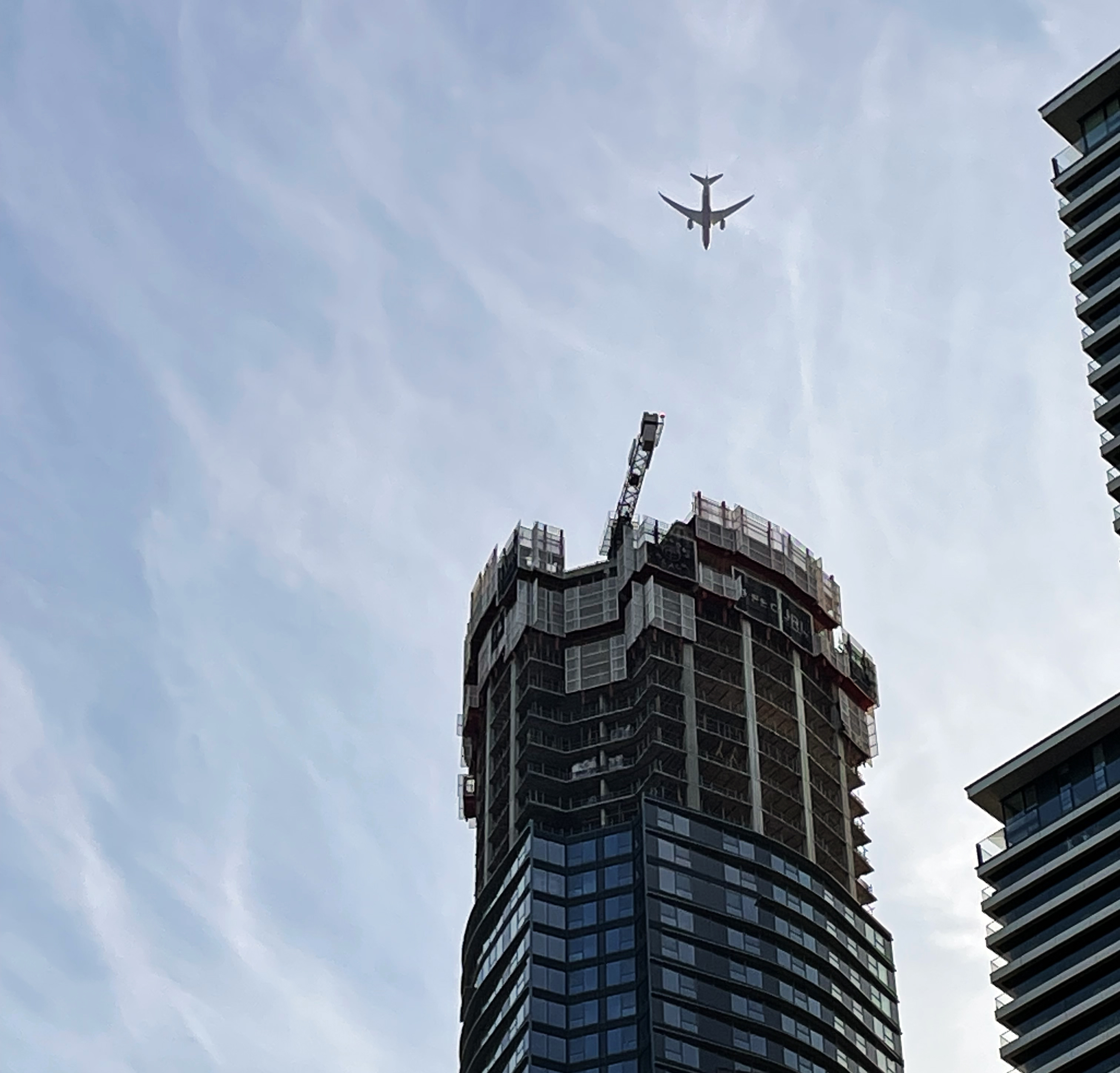According to Cushman & Wakefield, take-up for Grade A office space in central London reached 2.44 million sq ft in the first half of 2023 - up 7% on the first half of the five-year average.
There are many factors leading to this shift.
One aspect is that landlords, tenants and investors are currently faced with the evolving Minimum Energy Performance Standard (MEES), which can result in an inability to rent - or continue to rent - properties that have a lower than E rating.
Compliance with current energy performance certificate legislation may require significant funds to upgrade the site and improve a building's rating. Many in the commercial real estate sector also expect regulations to tighten, with the minimum rating potentially rising to a C in 2027 and a B in 2030.
It is not only energy efficiency measures that are putting pressure on landlords and investors to refurbish and redevelop their commercial property portfolios but tenant demand is also pushing prime office to the top of preferences, keeping values high for what the market can judge as best in class buildings.
Increasing demand
During and shortly after the Covid19 pandemic there was a lot of uncertainty about the future of office space and the standard of the workplace. A Savills' research, however, unveiled that from January 2021 to May 2023, 41% of tenants were actually taking up more space, not less. This is perhaps not surprising given that many offices are now back at full occupancy, albeit only for certain days of the week in some cases. The current challenge for office owners is how to support companies to entice employees - ensuring that office work supports collaboration, creativity and culture.
Research shows that professional services firms drive much of this activity. Shoosmiths, for example, has invested in new landmark sites at No.1 Bow Churchyard, London and 103 Colmore Row in Birmingham – supporting its growth ambitions and enhancing the customer and staff experience.
Strong demand and rising rents at the top of the market are raising questions about the future of other office assets that may now be less desirable when it comes to tenants and investors.
Many of these properties may meet MEES requirements, so renovation is not legally required. However, in some markets, MEES compliance may not be enough to remain competitive and the focus should be on creating workplaces that meet environmental obligations but also provide 'better than home' experiences.















